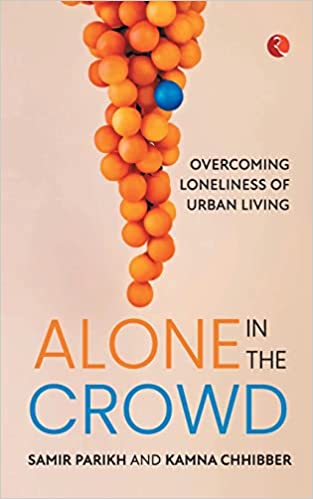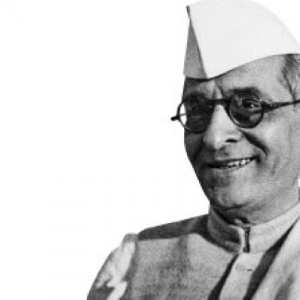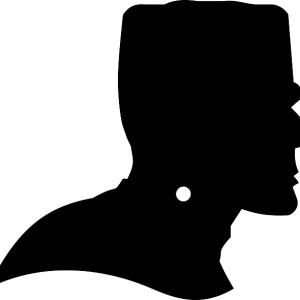Urban loneliness is a pervasive issue that marks current times. Compounded with the impact of the pandemic induced lockdowns, the phenomenon has assumed bigger proportions. Eminent mental health professionals, Dr. Samir Parikh and Kamna Chhibber address this subject of the loneliness of urban living in Alone in a Crowd: Overcoming the loneliness of Urban Living (Rupa Publications).
The authors, based on years of experience in dealing with mental health issues are in a position to identify of the true pain points that affect people today. They are quite correct in pointing out the increasing existence of ‘transactional relationships’ running on autopilot. This is quite contrary to our basic need to truly connect with others. After all, we are social animals. By painting a picture of the changing relationship-landscape they lay a ground for the rest of the book that looks at urban loneliness in context.

But first, how does one really explain what urban loneliness is? It is in feeling ‘alienated’ despite having people all around us. It is in the familiar ‘stale’ patterns on interactions that do not serve us or do not give us joy. It is in not having true engagement with the people in our lives.
Big cities…big problems?
Perhaps it is in urban living that the problem of urban loneliness takes birth in. The authors describe these issues in detail- work pressures, distance from nature, materialism, competition, comparisons with others magnified via filtered lives on social media, and many more. All these factors related to urban living contribute to urban loneliness. Cities are also spaces where there is often sensory overload and overstimulation thanks to traffic, noise, and what not. Each day in the city is an assault on our senses. And then of course there are the strands of modern lifestyle (late nights, too much time on social media, junk food and so on) that also have their own role to play.
All these issues come together and form the problem of urban loneliness. One cannot find a solution to the problem without first understanding how to set the base of a grounded lifestyle. And this is exactly what one understands as one navigates the book. The first part paints a very detailed picture of what the problem looks like, and going further there are multifaceted solutions that the reader can employ.
Given the plethora of factors that contribute to this issue in the first place, the solutions are also multi-pronged. But, the good news is that a positive improvement in one area will cause a ripple effect and slowly there will be visible changes in all areas of life. For example, their suggestions on developing mindfulness and inner awareness will not only help in reducing your anxiety, but also lead to better work performance, mindfulness in eating and thereby better health, awareness of interpersonal relationships and thereby more satisfying friendships and intimate relationships.
In short, this is a guide with actionable insights into resolving the issue of urban loneliness by living more mindfully and with awareness. With sections on learnings from the pandemic, digital detox, food and lifestyle and so on, here is an overall urban lifestyle self-help book. The language is simple and the reader will often feel that the authors are directly talking to them, just like a wise friend would! I think the reader could think critically about the varied points mentioned in the book and note down some pointers that they find useful for their unique situation. They are sure to find pointers that go beyond urban loneliness, pointers for a life that is calm and mindful, despite the many challenges that come with urban living!




